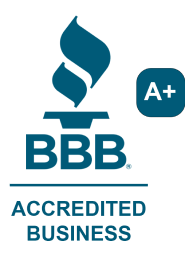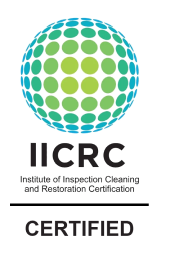Tips for Handling Water Damage
Damage to your home can be an extremely overwhelming situation for any homeowner. It can also be very difficult to know what to do to properly handle the situation. Water damages are one of the most common homeowner’s claims, so it’s a good idea to keep a few common tips in the back of your mind in case you find yourself with unwanted water in your home.
First Steps
The very first thing you should do in the event of water damage is locate the source of the water and ensure that the flow of water has been stopped. Cleanup can’t happen if water is still actively pouring into the home. After the water has been stopped, it’s a good idea to cut the power to the home if there is any standing water. Obviously, electricity and water can make a dangerous combination. If either of these tasks puts you at risk, wait for a professional. Finally, as long as it’s safe, take as many pictures as possible before starting any potential DIY cleanup. You’ll want to start cleaning right away if possible, but you’ll also want your insurance company to be able to see the initial extent of the damage before any cleaning occurred. Once pictures have been taken and the area has been deemed safe, remove as much standing water as possible and set fans to begin the drying process.
Consider Volume and Source
If you’re thinking about trying to do the cleanup on your own, you’ll want to consider the volume and the source of the water. A tiny patch of clean water is usually something that can be handled in house, but a basement flooded with sewage needs to be handled by a professional. It’s important to remember, though, that even small amounts of water can hide in cracks and crevices and within porous materials creating the perfect breeding ground for mold and mildew if not dried completely. As far as the source of water, if the water is grey or black, it should never be handled on your own. These waters contain contaminants that need to be properly cleaned to ensure the safety of the home and everyone in it.
Call Insurance
If you’ve determined that the issue is beyond the scope of your abilities to handle, it’s time to contact your insurance company. You’ll want to find out what kind of coverage you have for the loss and what your deductible is. If you decide to file a claim, you’ll be assigned an adjuster to handle it. Often your insurance company will put you in touch with a preferred restoration vendor, but sometimes they’ll advise you to find one on your own.
Contact Innovative Restorations
A restoration professional from Innovative Restorations will be able to work directly with your insurance company and you to ensure the job is done properly. A project manager or technician will assess the damage and help determine the most appropriate course of action. Standing water will be extracted and drying equipment will be set right away so the damage doesn’t become worse. Once everything is dry, unsalvageable materials will be removed and everything else will be cleaned and sanitized to prepare for reconstruction.
Five Things Not to Do After Water Damage
- Safety First! Do not enter areas that pose a threat to your health due to electricity or contaminated water.
- Do not use a household vacuum to suck up the water. These are not created to work with water and cause a risk of electrical shock as well as damage to the vacuum.
- Avoid walking on wet surfaces as much as possible. Walking through wet areas runs the risk of spreading possibly contaminants through the rest of the property.
- If water has made its way into the HVAC system, do not activate the system. This can also spread any possible contamination.
- Do not stay in the home if there is structural damage or extensive black water damage.
Subscribe to Innovative Restorations's Blog






Comments